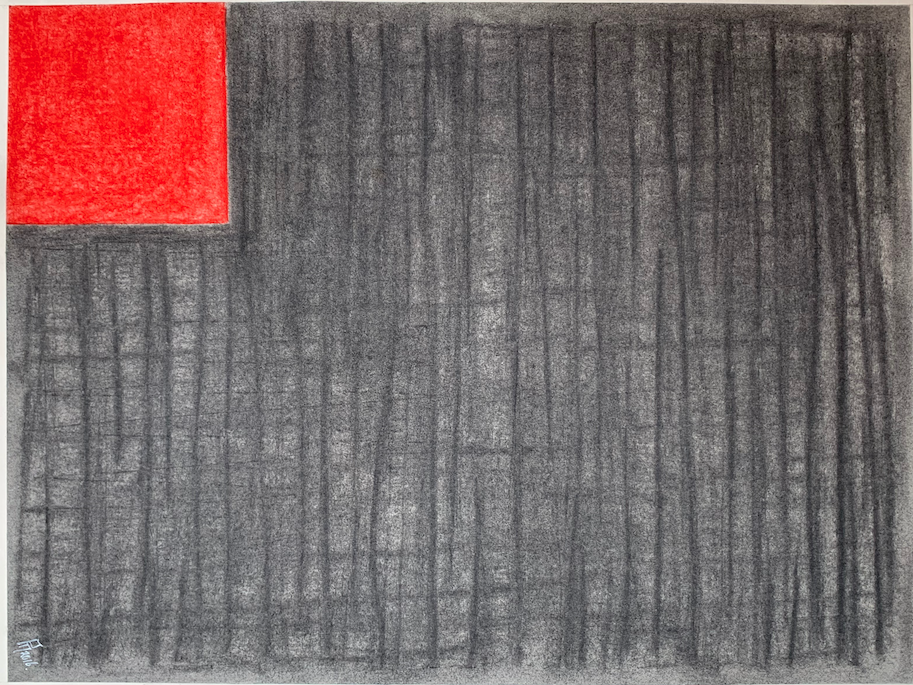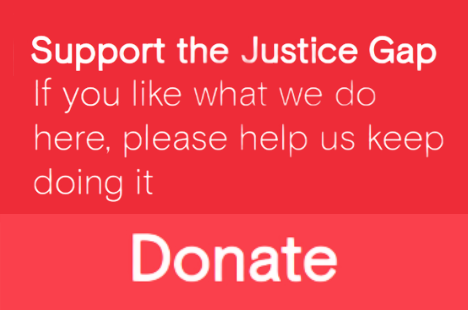It is now ‘nearly impossible’ for the victims of wrongful conviction to access material held by the police that might assist their appeal, according to the chair of the all-party parliamentray group on miscarriages of justice. The Labour MP Barry Sheerman raised the issue in Parliament last month when he asked the justice secretary what steps the Ministry of Justice was taking to improve the post-conviction disclosure regime.
Under current British law, it is nearly impossible to access material held by the police & prosecution after a trial; leaving people unable to appeal their wrongful convictions.
“What steps is the MoJ taking to improve the post-conviction disclosure regime?” @BarrySheerman pic.twitter.com/Vi7MyFt4mB
— APPG on Miscarriages of Justice (@APPGMJ) 6 June 2019
Five years ago the Supreme Court rejected a challenge to the police’s refusal to disclose forensic evidence that could have helped to overturn Kevin Nunn’s conviction for murdering his ex-girlfriend, Dawn Walker. The court’s view was that the duty of disclosure post-conviction was largely curtailed by the need to preserve the ‘finality of proceedings’ in the public interest and it was for the Criminal Cases Review Commission (CCRC) to act as arbiter as to whether it was appropriate to seek disclosure in a particular case.
As has been reported on the Justice Gap, campaigners believe that the ruling has left those seeking disclosure in a ‘Catch-22’ – i.e., to make a successful request for evidence, they need to argue that such evidence is likely to demonstrate innocence. However, the only way to establish such knowledge is by accessing the evidence in the first place.
According to a new article published in the International Journal of Law, Crime and Justice by Louise Shorter, the journalist who runs the charity Inside Justice, and Professor Carole McCartney of Northumbria University’s school of law, Nunn has created an environment where getting access to case materials is a ‘lottery’. ‘Not only is permission required of the investigating force,’ they write, ‘who may not be motivated to facilitate the re-opening of a case they consider closed […] but decisions are made on a piecemeal basis, sometimes even exhibit by exhibit.’
In the five-year period since Nunn, campaigners and journalists seeking disclosure have found their efforts increasingly thwarted. According to the Criminal Appeal Lawyers Association, the police and CPS had ‘always co-operated with such requests up until the time of the Nunn case’.
The report also quotes from a submission coauthored by the Centre for Criminal Appeals and Cardiff Innocence Project to the House of Commons’ justice committee’s 2018 inquiry into disclosure (here) in which they argue that that CCRC’s reviews were ‘no longer sufficient to reliably identify miscarriages of justice resulting from disclosure failings’.
‘It is the defendant or would-be appellant to whom the right of access to post-disclosure should apply,’ they argue. ‘This right should not be denied because of the existence of an arm’s length body subject to the vagaries of government funding levels. In addition, defendants who have not been able to find grounds for appeal without further disclosure are almost never eligible for the CCRC’s assistance.’
According to the two groups, even ‘highly specific requests’ for material from the police and CPS (e.g., unseen CCTV footage, identity parade documentation, and details of unfounded allegations) are ‘normally turned down’.
The report highlights the case of Victor Nealon who spent 17 years in prison before having his conviction for attempted rape overturned as an example of the CCRC’s reluctance to take a proactive role.
Nealon had volunteered for a DNA test at his very first police interview. He made two earlier applications to the CCRC in 1999 and 2002. On both occasions, the group agreed to investigate his case and, on both occasions, Nealon called for the watchdog to carry out a DNA test. In its 2002 decision not to refer the case, the CCRC said that it was not its policy to carry out ‘speculative tests’. Nealon blames the group for him spending an additional ten years in prison because (in his words) it ‘accepted at face value evidence given by the police that examinations had been carried out in respect of forensic evidence’. Richard Foster, chairman of the CCRC, wrote to Nealon in 2014 acknowledging that the group ‘could and should have identified there were forensic opportunities that had not been explored’.
Shorter and McCartney argue that the problems have been compounded by the ‘widespread ignorance’ of the post-conviction disclosure requirements. Just two of the 43 police forces in England and Wales correctly identified the current retention policy in response to freedom of information requests. That national policy is found in the Code of Practice contained in the Criminal Procedure and Investigations Act 1996. It gives guidance about the recording and retention of unused prosecution materials both during proceedings and after conviction.
‘The storage of material, post-conviction, is currently an opaque, unaudited landscape. If materials are stored effectively, then disclosure is a possibility. Indeed, without access to material there is no point in storing it. Once post-conviction disclosure is effective, then appeals are a possibility. Without either, the Court of Criminal Appeal will become increasingly inconsequential.’
Louise Shorter and Carole McCartney
In response to Barry Sheerman’s question last month, Edward Argar MP said that the MoJ had ‘no plans’ to review the post-conviction disclosure regime.







